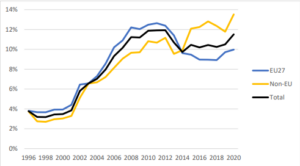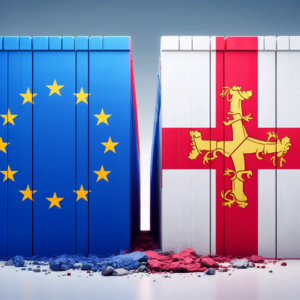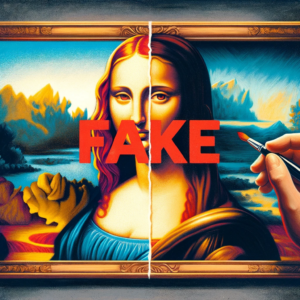France :fraud, a ground for the absolute nullity of a trademark independently of the risk oconfusion or intent to harm
According to the fundamental legal principle “Fraus omnia corrumpit” (fraud corrupts everything), any trademark filed fraudulently cannot legitimately confer a valid protection right to the applicant.
The inherent complexity of the concept of fraud in the field of trade mark law stems from its lack of explicit definition, both in French law and in European Union law.
In ia ruling of January 31, 2024, the French Supreme Court -Cour de cassation clarified this concept, stating that the absence of a likelihood of confusion between the contested trademark and the prior trademark, as well as the absence of intent to harm by the owner of the contested trademark, are not grounds to dismiss fraud.
Context of the case
In this case, the company Turlen filed a request for invalidity with the Director General of the French Trademark office INPI against a word trademark that exactly reproduced its earlier mark and covered various similar goods and services, arguing damage to its reputation and a likelihood of confusion. The Director General of the INPI partially granted the request, cancelling the contested trademark for some goods and services while maintaining its validity for others. Consequently, Turlen appealed this decision to the Paris Court of Appeal.
Decision of the Court of Appeal
By a ruling dated February 11, 2022, the French Court of Appeal rejected Turlen’s claim, concluding that there was no likelihood of confusion between the two trademarks for certain goods and services. In addition, the Court held that without clear evidence of the applicant’s intent to harm, it was not possible to invalid the contested trademark for those goods and services for which no prejudice to prior rights had been established. Following this decision, the company filed an appeal with the Court of Cassation.
The Court of Cassation must determine if proving a likelihood of confusion between a contested trademark and a prior trademark is required to establish the existence of fraud in trademark application?
Strict Interpretation of Fraud
The decision of the Court of Cassation in this case represents a particularly strict interpretation of the concept of fraud in trademark registration. By overturning the Court of Appeal’s ruling, the high court affirmed that the absence of a likelihood of confusion or evidence of infringement of prior rights does not necessarily exclude the existence of fraud in the filing of a trademark application.
The Court of Cassation ruled that neither the absence of proof of intent to harm by the owner of the contested trademark, nor the validity of the trademark for certain goods and services, are sufficient to exclude the possibility of fraud at the time of filing. Indeed, fraud, as a cause of absolute nullity, must be considered independently of a potential infringement of prior rights. The Court of Cassation thus criticized the lower court judges for misapplying the legal rules by partially dismissing the fraudulent nature of the contested trademark filing.
Indeed, relative nullity applies in cases of infringement of prior rights, while absolute nullity, which includes fraud, affects the overall validity of the trademark. In this case, the Court of Cassation observed that the lower court judges had confused the two categories of nullity. They wrongly inferred that the absence of a likelihood of confusion or infringement of prior rights could exclude the presence of fraud. This confusion led to a misapplication of the law, requiring rectification by the Court of Cassation.
Consequences and impact of the ruling: strengthening trademark protection
This ruling by the Court of Cassation illustrates the strict application of the principle that “fraud corrupts everything,” regardless of circumstances such as likelihood of confusion or infringement of prior rights. The Court emphasized the importance of distinguishing fraud, considered as a cause of absolute nullity, from relative nullity causes in trademark law. This distinction is crucial to ensure that each type of nullity is addressed according to its own merits and legal specifics.
This decision, both unprecedented and welcome, strengthens trademark legal protection by highlighting the necessity of thorough examination of intent during the trademark application process. It also serves as a reminder to lower court judges of their duty to motivate their decisions.
Dreyfus Lawfirm can offer expertise on these matters, providing crucial strategic advice and guidance to secure your trademarks and ensure their protection against fraudulent filings, thereby ensuring an effective defence of your intellectual property rights.
Join us on social media !










 Image generated by DALL-E
Image generated by DALL-E 



 Image generated by DALL E 3 Microsoft version
Image generated by DALL E 3 Microsoft version




